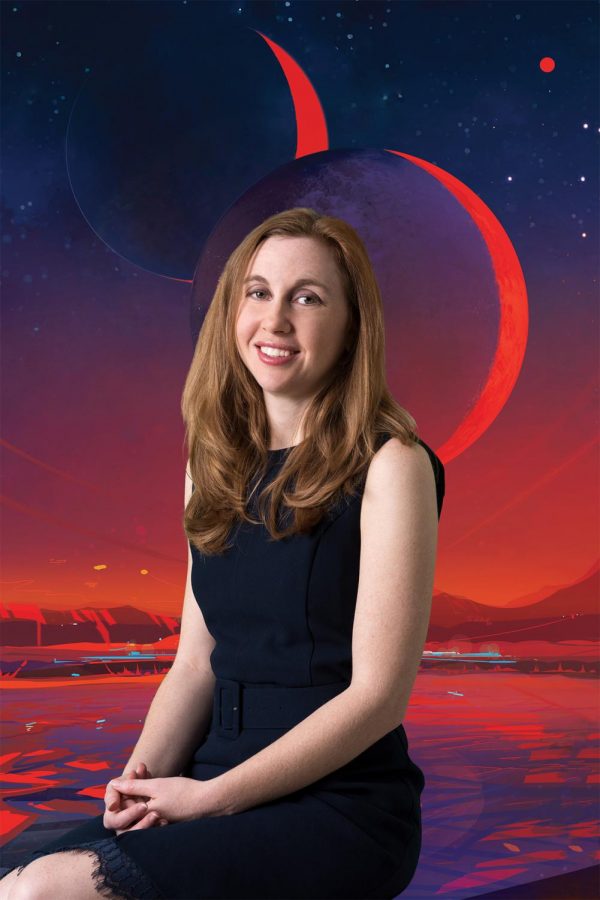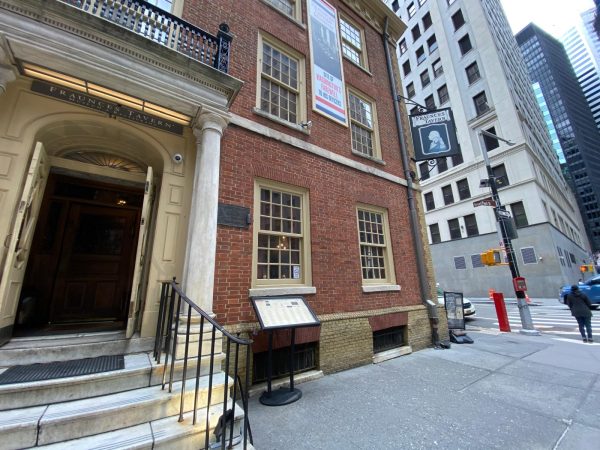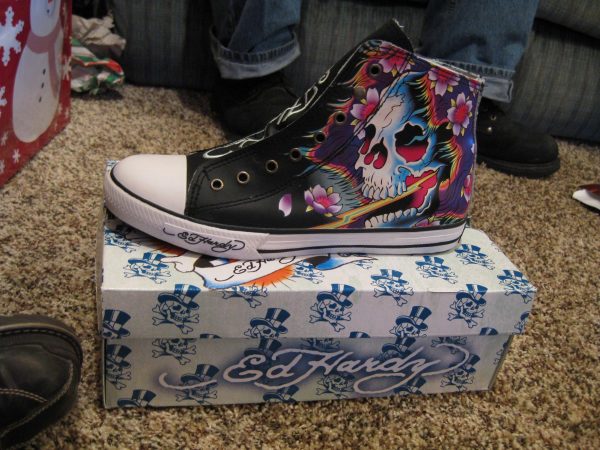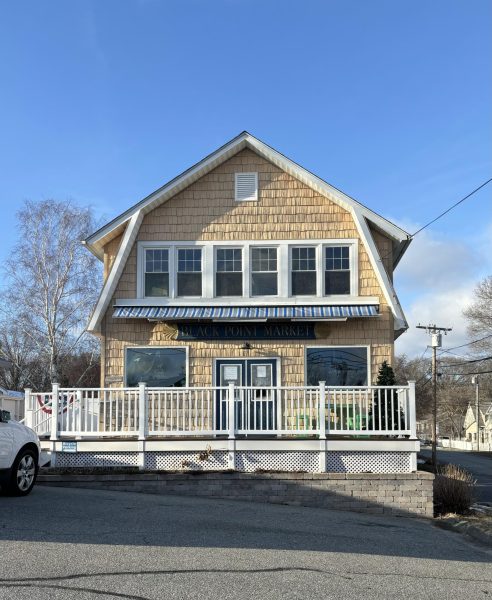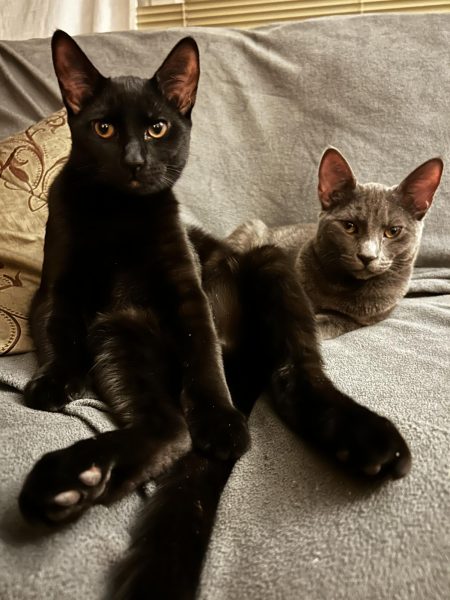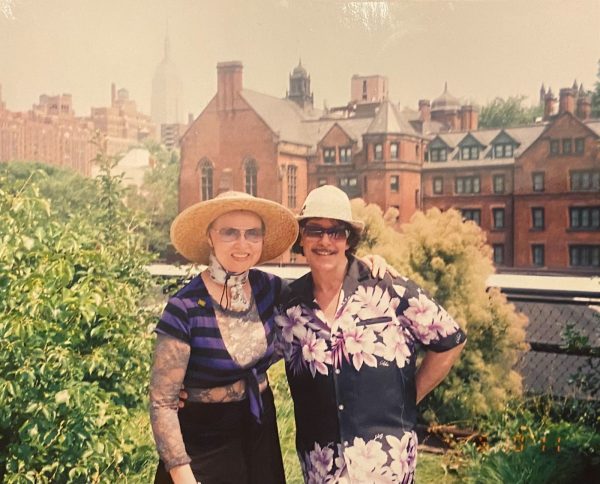Telling Stories of Space: Elizabeth Landau, NASA Senior Communications Specialist
As a Senior Communications Specialist at NASA, Elizabeth Landau’s mission is to communicate NASA’s cutting-edge developments to the general public.
Elizabeth Landau is a Senior Communications Specialist and the lead producer of the “Gravity Assist” podcast at NASA Headquarters.
NASA’s first objective, listed on the front page of the National Aeronautics and Space Act of 1958, highlights the administration’s central goal: “The expansion of human knowledge of phenomena in the atmosphere and space.” Though NASA’s outer space expeditions first comes to mind, fulfilling this objective requires an equally daunting mission here on Earth — relaying interstellar information to the general (and oftentimes skeptical) public.
As outlined in the 1958 act, it is NASA’s duty to, “Provide the widest practicable and appropriate dissemination of information concerning its activities and the results thereof.” Today, NASA boasts one of the most successful media presences of any government agency, with various information-sharing initiatives and over 120 million followers across all networks.
Elizabeth Landau is a freelance science writer and a Senior Communications Specialist at NASA Headquarters, where she produces and edits some of the articles, podcasts, and videos featured on these networks. From crafting interactive web experiences, to leading the announcement of TRAPPIST-1 to the world, Landau works to communicate space knowledge in exciting new ways. She is currently the lead producer of NASA’s “Gravity Assist,” podcast, which features top planetary scientists and their research.
Ms. Landau graciously consented to be interviewed by me by answering my e-mailed questions; below is the result of our interview.
What does working as a science communicator look like at NASA?
NASA has a lot of different ways of doing science communication. We have people working on different kinds of platforms like podcasts, videos, websites, and social media. There are communicators at all of the different NASA centers and they work on different space topics and missions. I am based at NASA Headquarters in Washington, and I do a little bit of everything. Some of us, including myself, are contractors rather than federal government employees. There is also a group focusing entirely on NASA’s Spanish-language communication, which I am passionate about as well. Every day is different and we learn new things all the time about planets, including Earth, and the universe beyond.
How has the Coronavirus pandemic affected your work?
While I have been working from home during the last year, I have been busier than ever promoting space missions and science research at NASA through podcasts, videos, and website articles. There have been many fascinating discoveries that coincidentally occurred during the pandemic, from water on the Moon to black holes to planets beyond our solar system. As my former boss Dwayne Brown says, “Science never sleeps!”
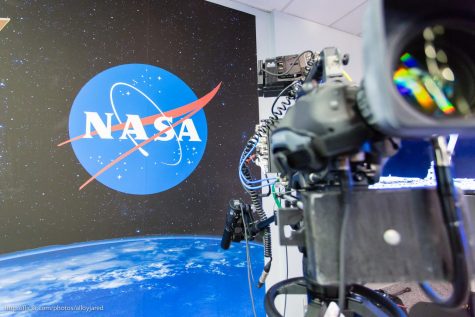
Under the pandemic circumstances, my colleagues and I have all of our meetings over a video chat platform and collaborate through email and shared documents, all virtually. For the main NASA podcast that I produce, “Gravity Assist,” everyone records their side of the conversation through their phones and computers, and then my colleagues and I combine the recordings to make the episode. A lot of events are now done virtually. While it’s unfortunate that I can’t be with my colleagues, friends, and family members for big events like the Perseverance rover landing on Mars, we can still celebrate together online. And there are things we can do online that are easier than in person. For example, I got to help bring international pop star Juanes to the virtual Mars landing event in February. It gives me a lot of joy to know that people around the world get excited about NASA events like this, especially during difficult times in our world.
How and when did you rewire your brain to think like a communicator (instead of solely a learner/student)?
When I was an undergraduate at Princeton, I took a seminar called “Life on Mars! Or Maybe Not,” taught by journalist Mike Lemonick and astrophysicist Ed Turner. This class launched the career I have today. It was the first time I learned that there are a lot of scientific findings coming out all the time, and some of them do not get described very well in the media. Sometimes they are overhyped and sometimes they are described in a confusing way. By studying how other journalists choose stories and shape them, I started to understand what works and what doesn’t in science communication.
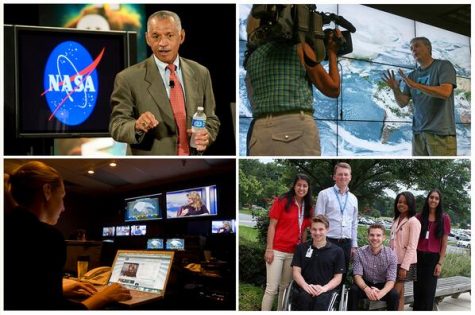
With practice, I learned how to explain science in a way that people without a lot of technical education can understand, and I learned how to ask a lot of questions. Being a science journalist is really a lifelong journey to get good at explaining and asking questions. Recently I got to be a guest speaker in that same class, which Mike and Ed still teach. It is a great honor to now be on the “adult” side and help share my perspective on science journalism with students.
What methods do you think work best when it comes to teaching the general (and skeptical) public about science in your experience, and why?
I have trained myself to read my own writing, as well as other people’s articles, and ask, “If I had never heard of this topic before, would I understand what is going on in this article?” I have to also consider the particular audience when I’m writing or making a podcast. I contribute to Quanta Magazine, where readers are more likely to have more of a technical background than, for example, readers of Washington Post. A very important rule of science communication is: “Know your audience.”
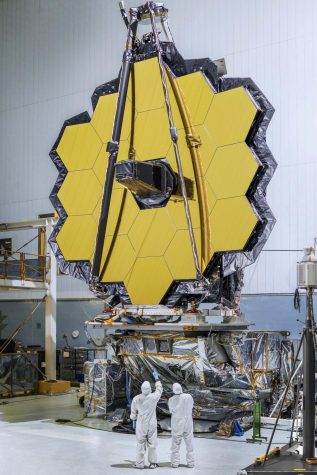
I also think that showing how scientists are people too — they aren’t robots! — does a great service for the public in appreciating and trusting science in general. No one is born knowing quantum mechanics. Everyone, even the most brilliant people studying very complicated topics, started out as children who knew nothing, and they all have stories about how they came to know more and pursue quests of knowledge and innovation. Some people have very emotional and compelling stories about getting into science, and I want to find more of those stories to inspire people.
Finally, I think it is important to connect science with everyday life and to show interconnections between disparate things. I have written a little about this at NASA. For example, there have been technological advances as a result of the development of the James Webb Space Telescope that led to innovations in ophthalmology. It’s amazing that a space telescope that will reveal clues to mysteries of the universe may also have benefits to human eyes, as a result of engineering developments! This is just one example of how communicators can find connections that make complicated things more relatable.
“It gives me a lot of joy to know that people around the world get excited about NASA events like this, especially during difficult times in our world,” said Elizabeth Landau, Senior Communications Specialist at NASA Headquarters.
Learn more about science communication HERE.
Marian Caballo is a Copy Chief for ‘The Science Survey,’ and she is elated to be on staff for a second year. She is drawn to journalism because it...

